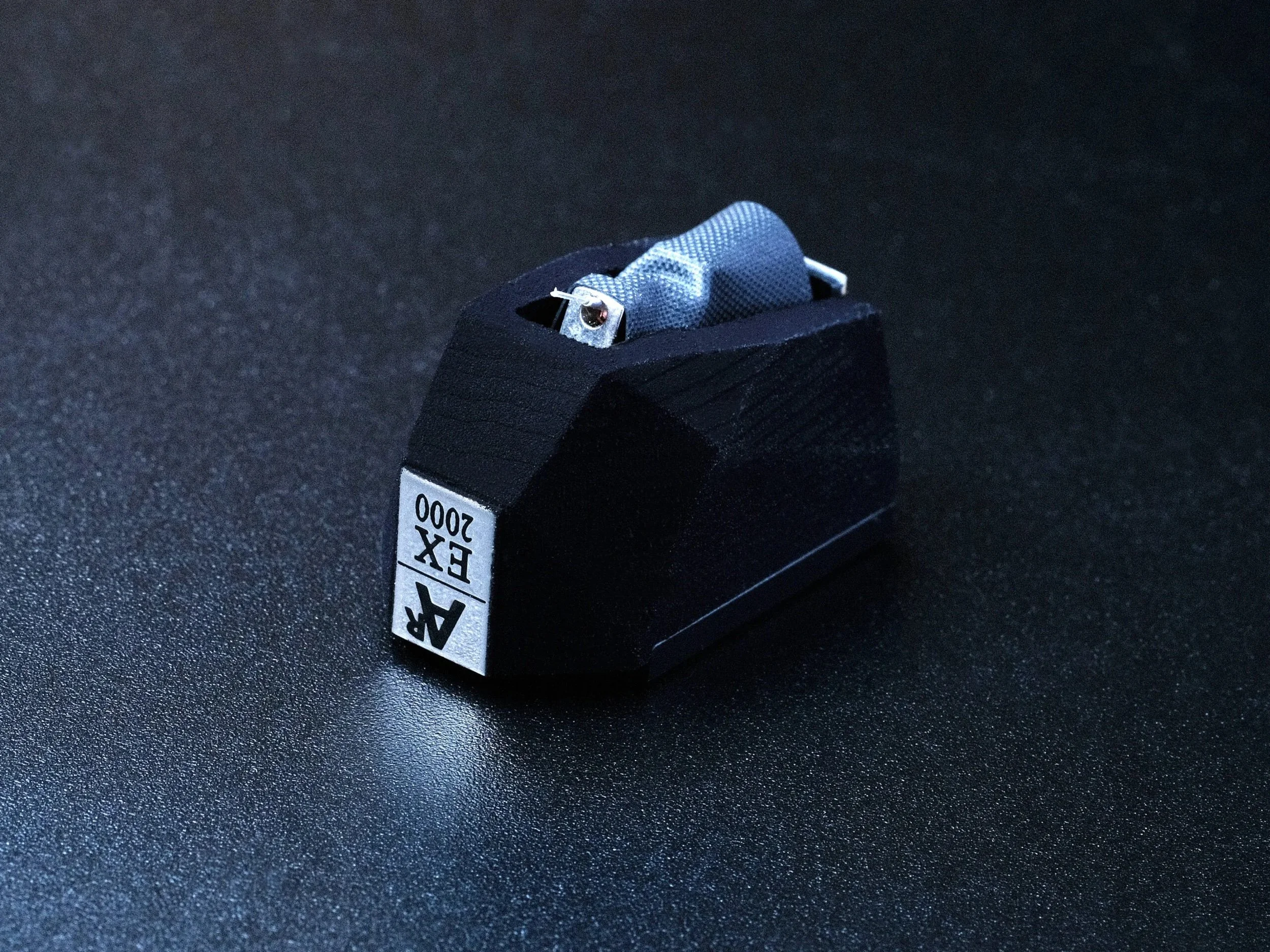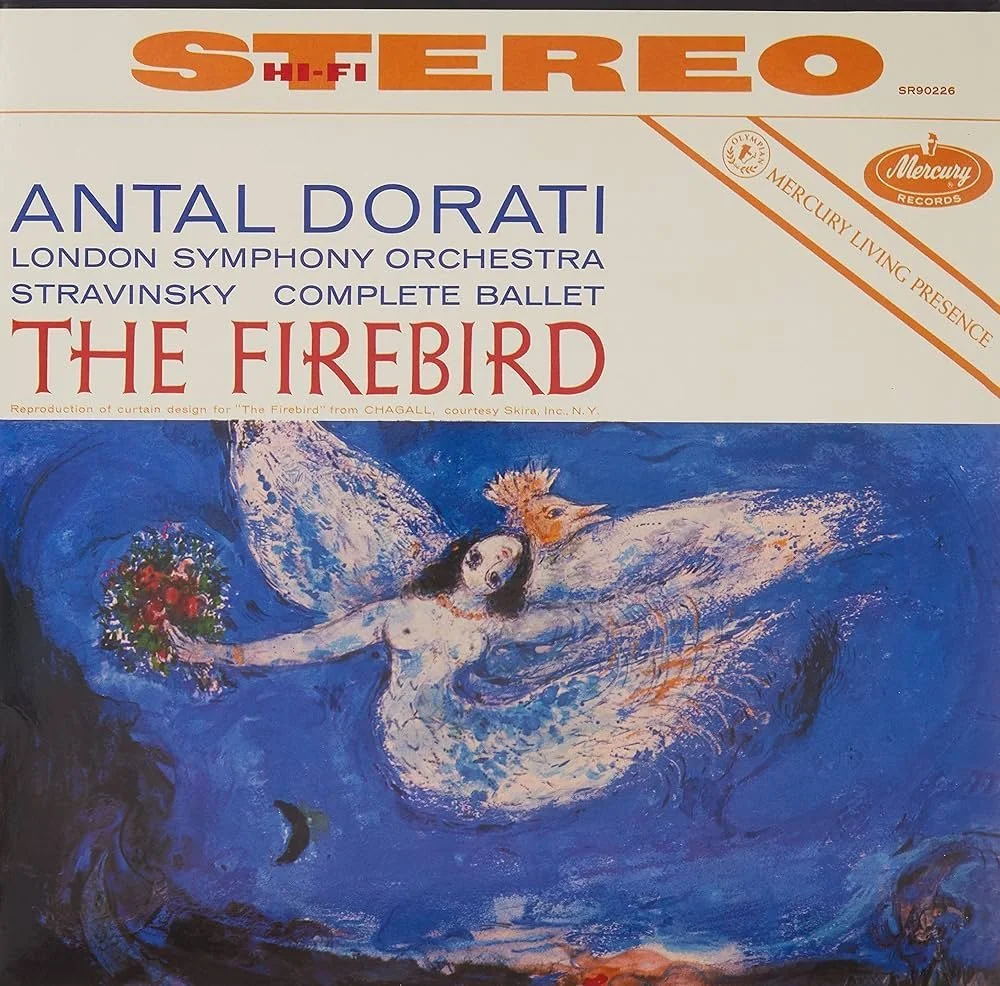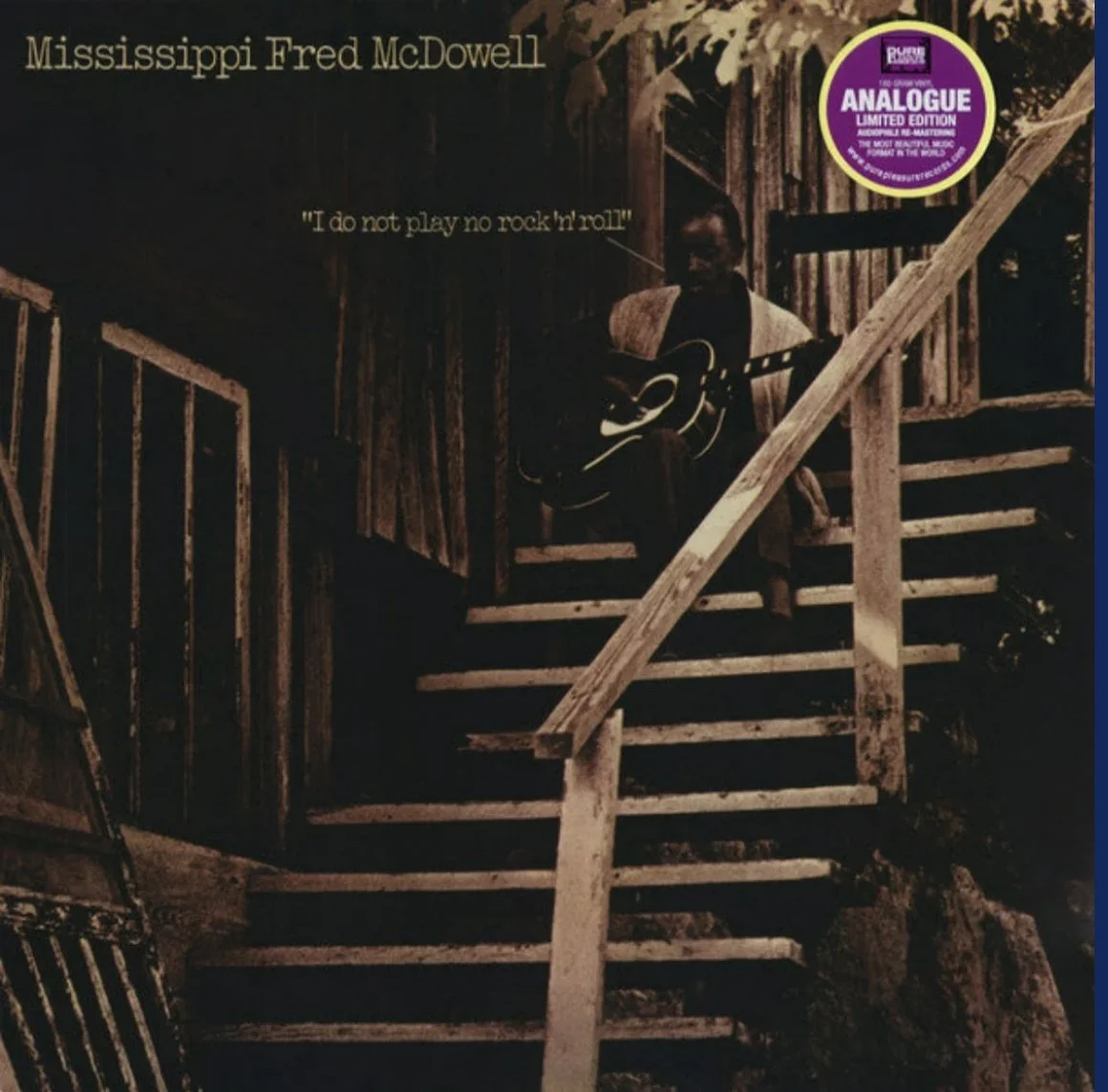Analog Relax EX2000 MC Phono Cartridge
My absolute rave about the Analog Relax EX1000 MC Phono Cartridge was published a few months ago. At USD 18,000, it's one of the most expensive carts I have reviewed, and it exceeded all of my expectations. By far. A virtuoso of a phono cartridge, made of rare natural materials that are reported to have a direct effect on its sound.
I purchased the cartridge, and the love affair continues. Along with my BØRRESEN Acoustics 01 Silver Supreme Edition Loudspeakers (€47,000,00/pair), the finest high-end gear it’s been my honour to review.
So, how should one approach, aside from scrupulous honesty, the very top of the Analog Relax line, the USD 22,000 EX2000 MC Phono Cartridge? How much more musicality, expression, intimacy, power, delicacy, and transparency could Analog Relax (AR) add to the already glorious EX1000 performance for USD 4000 more?
My Use
My thanks to Angie Lisi of American Sound for providing an EX2000 for review.
As the cartridge was broken in, I began listening right away through my Pure Fidelity Symphony Turntable (USD 22,000 with arm) and Pure Fidelity Savant Ti 12” Tonearm. It was amplified by the Phasemation EA-350 Phono Amplifier (USD 6400) and IKEDA’s IST-201 Step-Up Transformer (USD 5400). The cabling was Ansuz Acoustics C2 Signalz Interconnect Tonearm (€6400,00/2 metres).
Analog Relax
I'd appreciate it if you read my previous AR review for context. There you will find information on the company's background. A brief but interesting history.
The 2000 changes the 1000 in several ways, not least the construction materials. Rather than a body of ancient Yakusugi cedar, the 2000 uses high-quality spruce from the South Tyrol region of Northern Italy with an added ultra-fine “powder coating allowing it to reproduce the natural sound.” The spruce is sourced from the same forests that Stradivarius harvested his wood. As such, the cartridge body is made out of the same spruce used for a violin’s top plate.
Thank you to my dear friend Peter Purich, master violinist and luthier, for his knowledge and guidance about different species of spruce, their effect on sound and their use in violin making.
The Spruce forests of the South Tyrol.
Another change is the cantilever. From the 1000’s ruby to the 2000’s “Special nude diamond”. The stylus is an updated version of AR’s “special custom order made solid diamond”.
AR says: A precision-machined “diamond” cantilever is used to seamlessly transmit the movement of the record’s grooves to the power generator, bringing out high-resolution sound. In addition, compared to diamond cantilever models of other manufacturers, by cutting out the diamond cantilever slightly thicker, we have achieved a more solid sound and improved traceability at a higher level.
The stylus is the ‘Ver. 3’ model, which is a further evolution of the well-received ‘SC stylus’ used for the EX1000. Of course, the stylus is custom-developed by Analog Relax. Although it basically has a line contact shape, a number of multi-faceted cuts are applied vertically, allowing it to reproduce sound with almost no ‘inner distortion’. In addition, the front and back of the stylus tip are cut with different curvatures, making it difficult to pick up the “crackling noise” peculiar to original records and old pressed records, enabling playback with a very high signal to noise ratio.
AR suggests standard diamond cantilevers pick up extraneous groove noise and have a “tense and edgy sound”. AR’s “advanced construction techniques” are said to eliminate those negative qualities.
And whereas the 1000 has an impedance of 15Ω, the 2000 is 8Ω. The lower impedance would seem to make it a better match for my low impedance IKEDA SUT, although I’ve never had an ounce of a problem with the 1000’s performance.
Setup
The 2000 tracks at 2.1g and has an output voltage of 0.4mv (the fixed 115 ohms loading setting on the Phasemation EA 350 worked well). Both carts use Neodymium multi-magnets and weigh 9.0g, and both use a coil of high-purity 6N copper.
Much like the EX1000, the EX2000 setup was quick and painless. I felt the overhang ever so slightly different than my reference and adjusted accordingly. We were spinning after 15 minutes.
Sound
After my review and discussions about the EX1000, readers of Audiophilia and viewers of our live show on @AudiophiliaChannel may well be wondering what differences, if any, and which of the two cartridges I prefer. Complicated question.
First, no matter which you buy (I have not heard the AR models down line—a new model, the 15K EX700 is in the works), you’ll be purchasing one of the finest cartridges on the market, both full to the brim of AR’s vaunted house sound—lush, detailed, with remarkable layering, enviable and super accurate timbral control, crackerjack dynamics, a beautiful and tactile translucence and a remarkable honesty to the recording. Either way, your vinyl never had it so good. Pair with a fine phono stage and turntable, and you’ll be set ‘till your sunset.
Luckily, otherwise the comparative situation would have been much tougher, the review ancillaries were exactly the same. Many of the vinyl testers, too. I will say the process was a hell of a lot of fun.
Side 2: The Firebird (Classic Records 33 rpm/Dorati/LSO), of course. For me, the ultimate for visceral energy (the energy that transcends your listening space and kicks you hard in the ass and your emotions), timbral accuracy (hearing my teacher’s tone replicated on record as heard exactly in my lessons), two bass drum episodes that are legendary and the LSO unleashed with frightening virtuosity. Orchestral playing does not get any better.
The EX2000 gave me everything I was expecting and more. More energy on the famous cymbal crash a couple of minutes in, even more separation from the massed trumpets and trombones hammering out triplets at speed up and down arpeggios (see photo below). And whisper dynamics from muted violins that no matter how soft, never lost tonal focus. Remarkable performance by the EX2000.
But then, it’s what I expected. The heart and soul of the magnificent EX1000 with slightly more performance. How the hell owner Yasushi Yurugi and his team of artisans do it, I have no idea. Possibly diamond upgrades, fewer windings, the ghost of Antonio, who the hell knows? But it’s there—the front-end energy, the total control, the silent playback.
Worth a 4K premium? Well, of course it is. I’d walk a mile for a Camel. And much further for a 5% uptick in my vinyl setup.
Yasushi Yurugi
Let’s come back to earth for a moment. If you have an EX1000 (two of my friends now own one), I’m not sure, especially if you don’t have a specific type of obsessive personality, that the improvements would demand you make the upgrade. After listening to “One of These Days” from Pink Floyd’s Meddle, I couldn’t tell which cartridge separated the bass channels better (and the different bass string timbres—Google it; fun studio story). Confusion. Then, when playing Mississippi Fred McDowell’s 1969 album I Do Not Play No Rock 'N' Roll the energy from his slide guitar and his unique voice (literally in my lap) on the EX2000 was unreal, and I heard the difference easily when switching back to my EX1000. Still wonderful, but there was more of McDowell’s kaleidoscopic vocal and instrumental personality from the EX2000.
If you listen long enough to the EX2000 and to material you know, subtle improved cues over the EX1000 will dart out and get your attention; inner lines of counterpoint, improved layering of instruments and vocal and instrumental textures to melt you.
So, if you don’t have an EX1000, I urge you to audition the EX2000. If you’re mulling 18Gs, I’ll bet you can find another 4.
Visually, I prefer the EX1000. The Yakusugi nugget is stunning, more than the black colour of the powder coat on the spruce. But you’re not choosing on looks. And I’m sure I’m influenced by some skilfull PR about the wood, etc, but it works for me. Lowering the EX2000 onto The Firebird was very exciting. Great expectations. Met and surpassed.
Conclusion
Geez, we’ve talked about the pricing of these top phono cartridges a lot. Kuzma’s got one for 40K plus. Next month I’m receiving the new IKEDA KOHAKU Moving Coil Stereo Phonograph Cartridge at USD 22,000, the same price as the EX2000. That’ll be a hell of a shootout. Stay tuned.
Be aware, nothing escapes the EX2000. Some minuscule errors that I doubt the conductor picked up live or even during playback on headphones of the day are there if you have knowledge of the score and the ears to hear them. The cart is far from clinical, but it has an analog honesty that’ll be tough to beat going forward.
In the here and now, if you have the cash, call the distributor and buy, buy, buy. Two of my friends bought the EX1000 unheard, and they are still my friends. I know if you have well-matched components, the Analog Relax EX2000 will amaze you. It is yet another masterpiece in their woodbody canon and their zenith. Very highly recommended.
Further information: Analog Relax










![Joan Baez: Diamonds & Rust—Analogue Productions 45 RPM All-Analog Vinyl Reissue [2025]](https://images.squarespace-cdn.com/content/v1/55787f0ae4b02f0501debbeb/1754079689622-H134Z96R5868P5PN9UCG/IMG_2393.jpeg)
